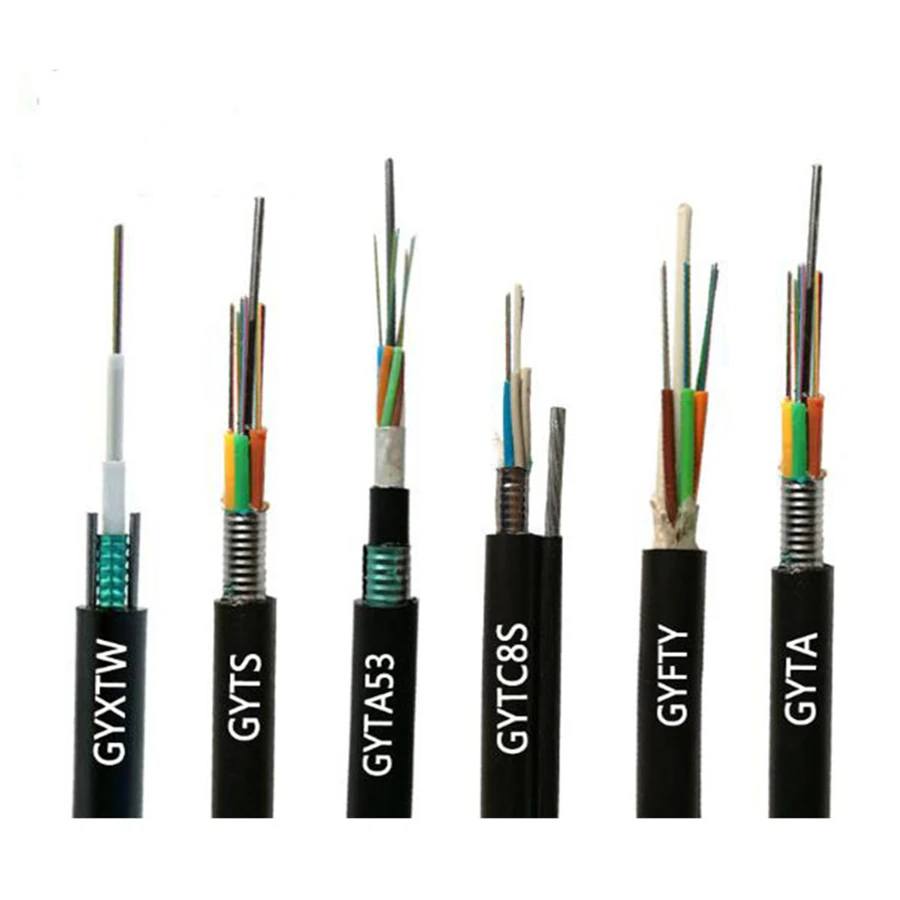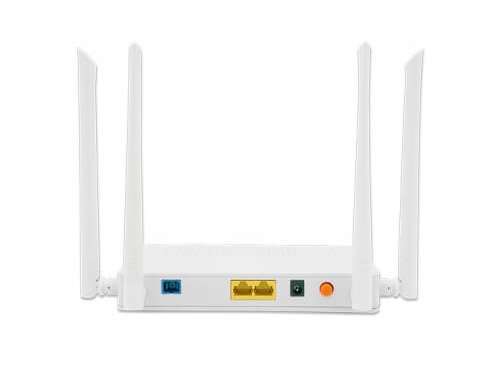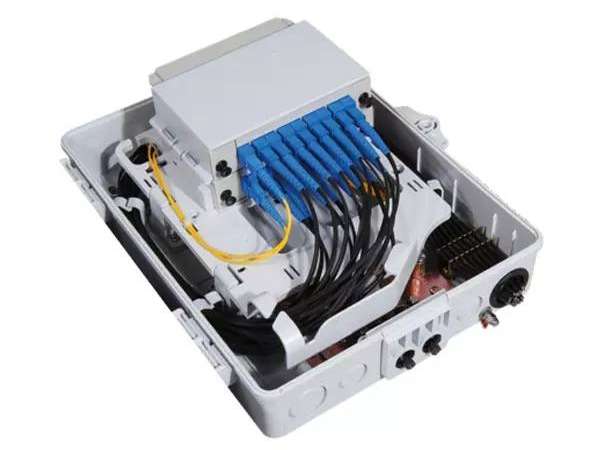The Impact of FTTH, FTTN, FTTC, and FTTP in Fiber Optic Solutions
Understanding Fiber Optic Solutions
Fiber optic solutions are essential components of modern connectivity and communication systems. These advanced technologies utilize optical fibers to transmit data through light signals, offering high-speed and reliable data transfer capabilities. Fiber optic solutions encompass various elements such as fiber cabling, connectors, and transmitters, all contributing to the seamless transmission of data over long distances. The use of fiber optic solutions has become increasingly prevalent in telecommunications, internet connectivity, and networking infrastructures, revolutionizing the way information is transmitted and accessed.
Comparing Fiber Optic Solutions
Differences in FTTH, FTTN, FTTC, and FTTP
FTTH, FTTN, FTTC, and FTTP are distinct fiber optic solutions designed to cater to specific connectivity needs. Each solution differs in the way it delivers high-speed internet and data services to users.
FTTH (Fiber to the Home): This solution involves the deployment of optical fibers directly to individual residences or buildings. It offers the highest bandwidth and is well-suited for delivering high-speed internet, HDTV, and telecommunication services.
FTTN (Fiber to the Node): In this setup, optical fibers are extended to a central point within a neighborhood or community. From there, traditional copper wires are used to cover the last stretch of the connection to individual homes or businesses.
FTTC (Fiber to the Curb): Similar to FTTN, this solution brings fiber optic cables closer to the end-users but terminates at a curb or junction box near their premises. The final connection is made using existing copper cabling.
FTTP (Fiber to the Premises): This approach encompasses both FTTH and FTTB (Fiber to the Building) solutions. It provides flexibility by extending fiber connections not only directly into homes but also into multi-dwelling units and commercial properties.
Advantages and Limitations
Each fiber optic solution comes with its own set of advantages and limitations that should be carefully evaluated when choosing the most suitable option.
Advantages:
Reliable data transmission
Enhanced network performance
Future-proof infrastructure
Limitations:
Initial deployment costs
Upgrading existing infrastructure
Service coverage limitations based on geographical factors
The choice of fiber optic solution depends on factors such as geographical location, existing infrastructure, budget considerations, and long-term scalability requirements.
Benefits and Applications
High-Speed Connectivity
FTTH, also known as fiber to the home, offers unparalleled high-speed connectivity, providing users with the ability to seamlessly stream high-definition content, engage in online gaming, and conduct video calls without interruptions. This high-speed connectivity is made possible by the dedicated optical fiber connection directly into individual residences, ensuring consistent and reliable data transmission.
Applications in Telecommunication
The applications of FTTH and other fiber optic solutions in telecommunication networks are extensive. These technologies enhance the reliability and performance of telecommunication services by offering stable and high-bandwidth connections for voice calls, video conferencing, and other data-intensive communication activities. The use of fiber optic solutions in telecommunication infrastructure helps meet the increasing demand for fast and reliable connectivity in a wide range of communication scenarios.
Future Trends in Fiber Optics
Emerging Technologies
As technology continues to advance, the future of fiber optics holds promising prospects with the emergence of new and innovative technologies. These advancements aim to further revolutionize connectivity and data transfer, enhancing the capabilities of optical fiber technology.
One notable emerging technology in the field of fiber optics is the development of more efficient and high-capacity optical fibers. These next-generation fibers are designed to carry larger volumes of data over even longer distances, contributing to enhanced connectivity and improved transmission speeds. Additionally, advancements in signal processing and amplification techniques are being introduced to optimize the performance of optical networks, ensuring seamless data transfer across various applications.
Furthermore, research and development efforts are focused on improving the integration of optical fibers with other communication technologies. This includes exploring methods to integrate fiber optics with wireless communication systems, creating hybrid networks that leverage the strengths of both technologies for enhanced connectivity.
Integration with 5G Networks
The integration of fiber optic solutions with 5G networks is poised to play a pivotal role in shaping the future of telecommunications. As 5G technology continues to expand globally, the demand for high-speed and reliable connectivity is escalating. Fiber optic solutions provide an ideal foundation for supporting 5G networks due to their ability to deliver immense bandwidth and low latency, essential for meeting the requirements of 5G communication systems.
The seamless integration between fiber optics and 5G networks enables faster data transmission rates, lower latency, and increased network capacity. This synergy not only enhances user experiences but also facilitates the deployment of advanced applications such as augmented reality (AR), virtual reality (VR), Internet of Things (IoT), and autonomous vehicles.
The collaborative potential between fiber optic solutions and 5G networks signifies a significant leap forward in telecommunications infrastructure, paving the way for a future characterized by unparalleled connectivity and technological innovation.
Impact on Connectivity
Enhanced Data Transmission
The implementation of FTTP, also known as fiber to the premises, significantly enhances data transmission capabilities, contributing to a substantial improvement in overall connectivity. By extending fiber optic connections directly into residential and commercial premises, FTTP ensures high-speed and reliable data transmission. This advancement in connectivity facilitates seamless access to bandwidth-intensive applications and services, such as high-definition video streaming, cloud computing, and real-time data transfer.
Infrastructure Development
The deployment of fiber optic solutions, including FTTP, drives infrastructure development by laying the groundwork for advanced connectivity and communication networks. The integration of fiber to the premises technology necessitates the installation of optical fiber cabling directly into individual buildings and multi-dwelling units. This expansion of fiber infrastructure not only enhances data transmission capabilities but also sets the stage for future-proof communication networks capable of meeting evolving technological demands.
The Future of Fiber Optic Solutions
The continuous advancement of fiber optic solutions is poised to shape the landscape of global connectivity and communication. As technology progresses, the evolution of fiber optic infrastructure, including fiber cabling, will play a pivotal role in meeting the escalating demands for high-speed data transmission and seamless connectivity. The ongoing development and integration of innovative technologies within the realm of fiber optic solutions are set to further enhance the capabilities of optical fibers, contributing to unparalleled connectivity and communication networks.
See Also
The Future of Hybrid Fiber Optic Trunk Cables
Understanding the E2000/APC Fiber Optic Connector for Simplex Multimode OM3
Understanding the Role of Blockless PLC Splitters in FTTX and PON Networks
Understanding the Uses and Maintenance of Outdoor Optic Cables for Efficient Networking
The Future of Fiber Optic: Investigating the Advantages of 24 Fiber MPO Cables
About US
Follow Us
AnetFiber company's main products are indoor and outdoor optical fiber cables, outdoor waterproof pre-connected fiber-to-the-home products, PLC optical fiber splitters, optical fiber jumpers and pigtails, MTP®/MPO high-density big data product solutions, optical fiber field quick connectors and research and development molding, injection molding and production of optical fiber distribution boxes, optical fiber chassis cabinets, the market has expanded to the world, Europe, America, Asia, the Middle East and Latin America.
Address
Shenzhen City, Baoan District, Yanluo Street, Tangxiayong Community, Yangyong Industrial Road, Tonggangda New Energy Vehicle Park 406
Contacts
+86 199 2655 3586




